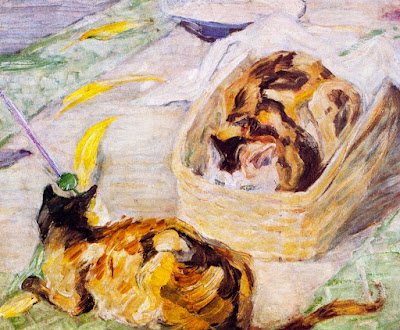OUR DOG JOCK A rollicksome frolicsome rare old cock As ever did nothing was our dog Jock; A gleesome, fleasome, affectionate beast, As slow at a fight, as swift at a feast; A wit among dogs, when his life 'gan fail, One couldn't but see the old wag in his tale, When his years grew long and his eyes grew dim, And his course of bark could not strengthen him. Never more now shall our knees be pressed By his dear old chops in their slobbery rest, Nor our mirth be stirred at his solemn looks, As wise, and as dull, as divinity books. Our old friend 's dead, but we all well know He 's gone to the Kennels where the good dogs go, Where the cooks be not, but the beef-bones be, And his old head never need turn for a flea. Attributed to "Payn" (possibly James Payn ), in Leonard, R. M. (Robert Maynard). The Dog In British Poetry. London: D. Nutt, 1893. p. 193.









